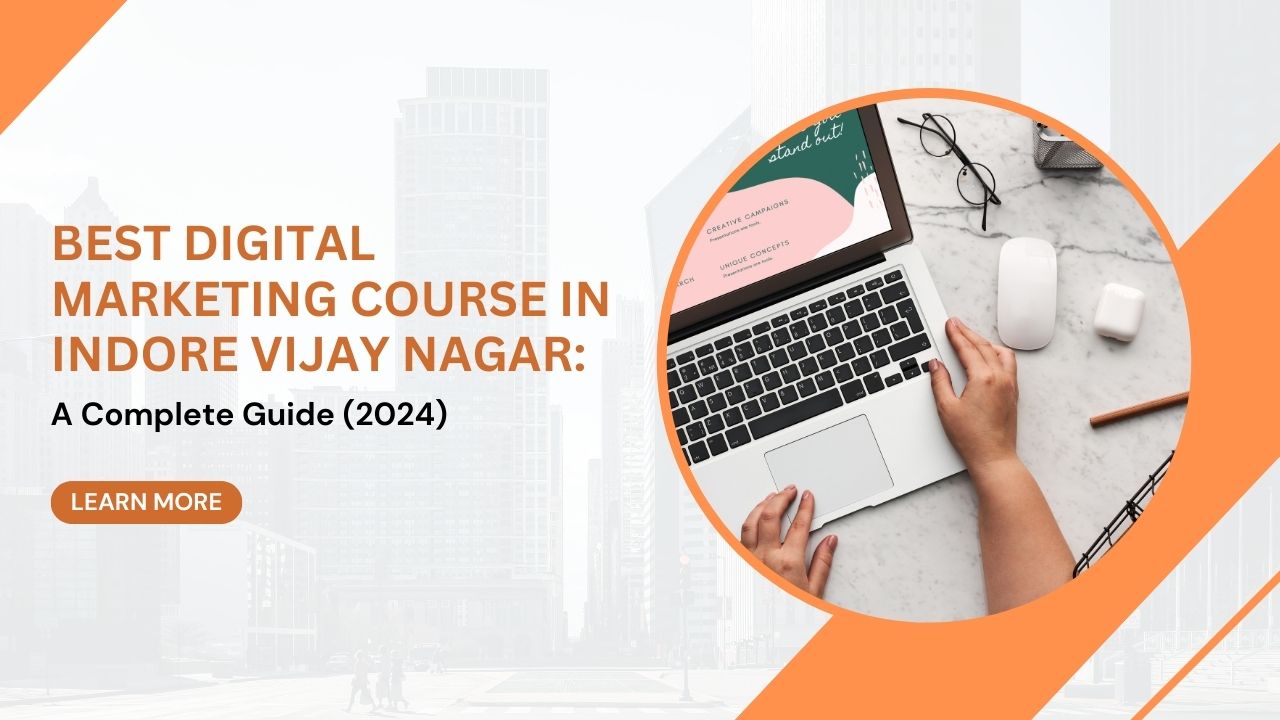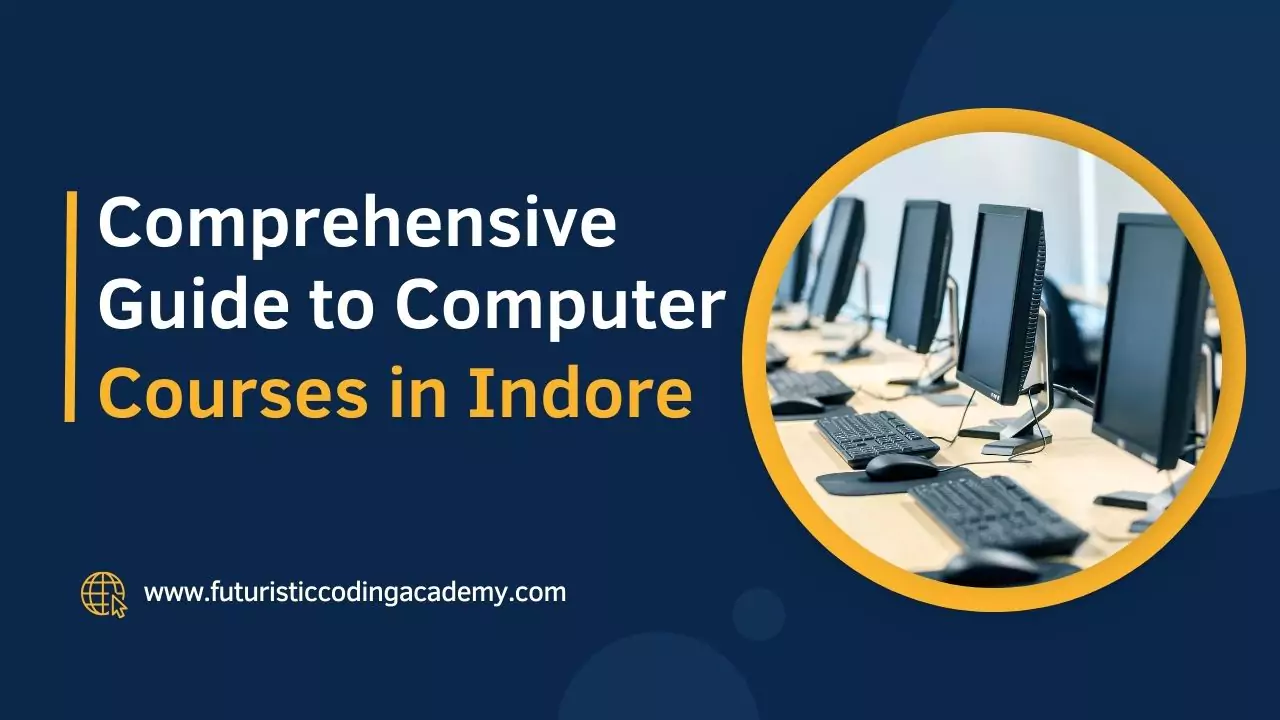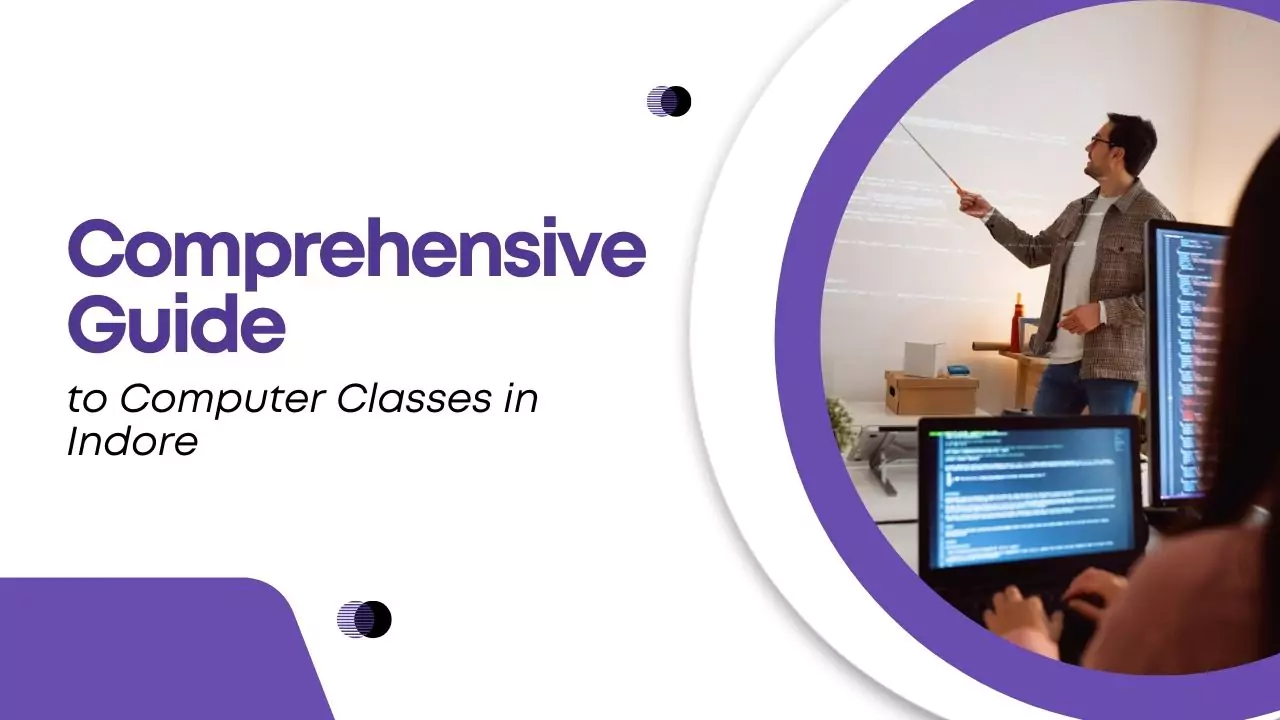In today’s tech-driven world, full stack development has become a highly sought-after skill. If you’re looking to become a versatile developer who can handle both front-end and back-end web development, you’re in the right place. This roadmap will guide you through the key skills, technologies, and tools required to become a full stack developer in 2024.
What is Full Stack Development?
Full stack development refers to the ability to work on both the front-end and back-end of web applications. A full stack developer can design user interfaces, create APIs, manage databases, and deploy applications. This versatility makes full stack developers highly valuable in today’s digital landscape
Why You Need a Full Stack Development Roadmap
Having a roadmap is crucial for full stack developers, especially when learning multiple technologies. A well-defined roadmap helps you manage resources, stay motivated, and track progress effectively. It also allows you to adapt to evolving technologies and stay competitive in the job market.

Frontend Development Roadmap
The front-end is what users see and interact with. Here’s a step-by-step guide to mastering front-end technologies:
HTML & CSS: These are the fundamental building blocks for creating web pages. HTML provides the structure, while CSS is used for styling.
JavaScript: JavaScript is essential for adding interactivity to your websites. You’ll need to learn core JavaScript concepts like DOM manipulation and ES6+ features.
CSS Frameworks: CSS frameworks like Bootstrap and Tailwind CSS make styling easier and faster. They come with pre-built styles, which allow for responsive designs and grids.
Frontend Frameworks: Libraries like React, Vue.js, or Angular will help you build dynamic and scalable user interfaces. React is widely popular for its component-based architecture.
Responsive Design: Learn to make your websites look great on all screen sizes using responsive design principles and CSS media queries.
Backend Development Roadmap
The back-end is the server side of a web application, responsible for handling business logic, database management, and authentication.
Node.js: Node.js is the most popular back-end JavaScript runtime. It allows developers to use JavaScript on the server side, making it a must-learn for full stack development.
Databases:
- SQL (e.g., MySQL, PostgreSQL) and NoSQL (e.g., MongoDB) databases are essential for storing and managing data.
- MongoDB is particularly useful in modern web applications for its flexibility in handling JSON-like data formats.
Express.js: This web framework for Node.js simplifies server creation and routing, making it easier to build scalable web applications.
API Development: Learn to build RESTful APIs and integrate third-party services to enhance your web applications.

Version Control and Collaboration
Git & GitHub: Mastering version control with Git is crucial for managing project progress and collaborating with other developers. GitHub also allows for code sharing and collaboration on open-source projects.
Continuous Integration & Deployment: Tools like Jenkins and Docker streamline the development process, automate testing, and ensure smooth deployments.
UI/UX Design in Full Stack Development
While UI/UX design may not seem crucial for back-end developers, understanding user-centered design principles is important for creating intuitive and accessible applications. Learn basic design concepts, responsive layouts, and usability principles to ensure that the front-end you develop is not only functional but user-friendly.
Full Stack Developer Tech Stacks
A tech stack refers to the combination of programming languages, libraries, and tools used to build an application. Here are some common stacks:
MERN Stack: MongoDB, Express.js, React, and Node.js. This stack allows for a full JavaScript-based development environment, making it popular for web applications.
MEAN Stack: MongoDB, Express.js, Angular, and Node.js. Similar to the MERN stack but Angular replaces React, offering a full-fledged framework for front-end development.
LAMP Stack: Linux, Apache, MySQL, PHP. This is a traditional stack used for building dynamic websites and web apps.
Project-Based Learning
To solidify your skills, work on real-world projects. Build full stack applications that integrate both front-end and back-end technologies. Here are some project ideas:
- A blogging platform with authentication and a comment section.
- An e-commerce site with product listings and a payment gateway.
- A social media platform where users can post, like, and comment

Continuous Learning and Growth
The world of full stack development is constantly evolving. Make sure to:
- Follow blogs, forums, and GitHub repositories.
- Attend meetups and contribute to open-source projects to stay updated on the latest technologies.
Conclusion: The Future is Full Stack
Becoming a full stack developer in 2024 requires mastering both front-end and back-end technologies. Follow this roadmap and continuously practice by building projects to gain the skills needed to excel in this field. Ready to get started? Explore our courses at Futuristic Coding Academy and take the first step toward becoming a full stack developer today!
People Also Ask
1. What is a full stack developer?
A full stack developer is a programmer who can work on both the front-end and back-end of web applications. They have expertise in front-end languages like HTML, CSS, and JavaScript, as well as back-end technologies like Node.js, databases, and server management.
2. How long does it take to become a full stack developer?
The time it takes to become a full stack developer depends on prior experience. Generally, it can take anywhere from 6 months to 1 year with consistent learning and practice. This timeline includes mastering both front-end and back-end technologies.
3. What are the key skills for a full stack developer?
Full stack developers need skills in both front-end (HTML, CSS, JavaScript, React) and back-end (Node.js, databases like MongoDB, SQL). They should also understand version control (Git), APIs, and basic DevOps.
4. Which tech stack is best for full stack development?
The best tech stack depends on project requirements, but popular choices include the MERN stack (MongoDB, Express.js, React, Node.js) and MEAN stack (Angular instead of React). Both are commonly used for building dynamic web applications.
5. Do I need a degree to become a full stack developer?
While a degree in computer science can be helpful, it is not required to become a full stack developer. Many successful developers are self-taught or have taken online courses that focus on specific technologies and projects.






